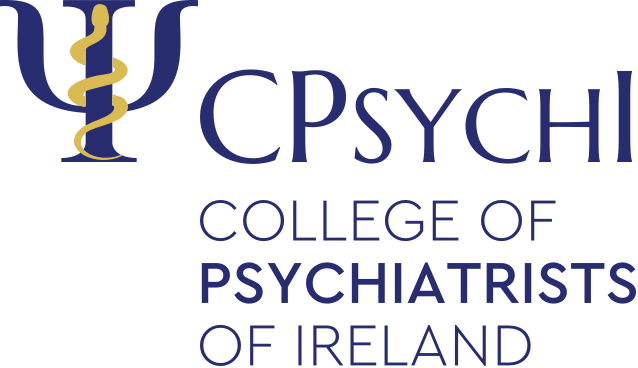This information sheet is aimed at health professionals and aims to answer 20 Frequently Asked Questions about cannabis. Cannabis and cannabis-based products are becoming more widespread within Ireland. People who use the mental health services, both children and adults are at higher vulnerability to the harms of cannabis use. Health professionals should be familiar with these risks as the media as well as patients are likely to underestimate the harms of cannabis use.
- Cannabis is the mostly commonly used illegal drug in Ireland
- Cannabis is easily available in Ireland including high potency versions
- Cannabis adversely affects mental health
- Young people who use high potency cannabis regularly are at highest risk of harms
- Cannabis can be addictive
- Cannabis and cannabis products are not evidence-based treatments for mental illness
- Cannabis use is associated with many social and educational problems
